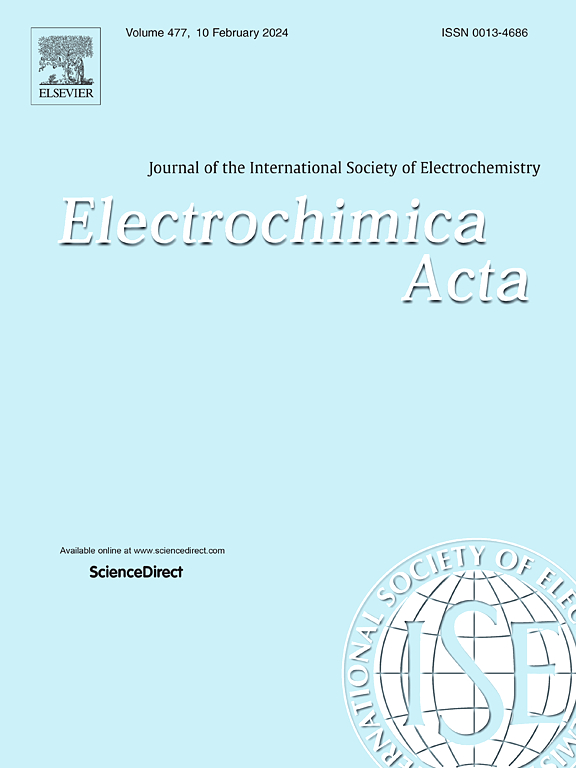分子工程环磷酸酯作为高压锂离子电池阻燃电解质溶剂的研究
IF 5.6
3区 材料科学
Q1 ELECTROCHEMISTRY
引用次数: 0
摘要
由于电解质易燃性引起的安全问题严重阻碍了锂离子电池(lib)的广泛应用,特别是在…本文章由计算机程序翻译,如有差异,请以英文原文为准。
Molecularly engineered cyclic phosphate ester as a flame-retardant electrolyte solvent for high-voltage lithium-ion batteries
Safety concerns arising from the flammability of electrolytes severely impede the broader application of lithium-ion batteries (LIBs), particularly in high energy density and large-scale energy storage. To overcome this bottleneck, this study introduced an innovative approach by designing and synthesizing a novel five-membered cyclic phosphate ester solvent to replace the flammable and unstable carbonate-based solvents used in conventional LIBs. Utilizing molecular design methods based on quantum chemical calculations, we successfully identified solvent molecules integrating the flame-retardant properties of the phosphate ester group with the film-forming advantages of the cyclic structure. Subsequently, we successfully synthesized the target novel solvent molecule through a straightforward and efficient one-step coupling reaction involving 2‑chloro‑2-oxo-1,3,2-dioxaphospholane (COP) and tetrafluoropropanol. Experimental results demonstrated that the electrolyte system formulated with this novel solvent and Lithium bis (fluorosulfonyl) imide (LiFSI) salt not only exhibited superior flame-retardant performance, significantly outperforming traditional carbonate electrolytes, but also possessed excellent high-voltage tolerance and cycling stability.
求助全文
通过发布文献求助,成功后即可免费获取论文全文。
去求助
来源期刊

Electrochimica Acta
工程技术-电化学
CiteScore
11.30
自引率
6.10%
发文量
1634
审稿时长
41 days
期刊介绍:
Electrochimica Acta is an international journal. It is intended for the publication of both original work and reviews in the field of electrochemistry. Electrochemistry should be interpreted to mean any of the research fields covered by the Divisions of the International Society of Electrochemistry listed below, as well as emerging scientific domains covered by ISE New Topics Committee.
 求助内容:
求助内容: 应助结果提醒方式:
应助结果提醒方式:


